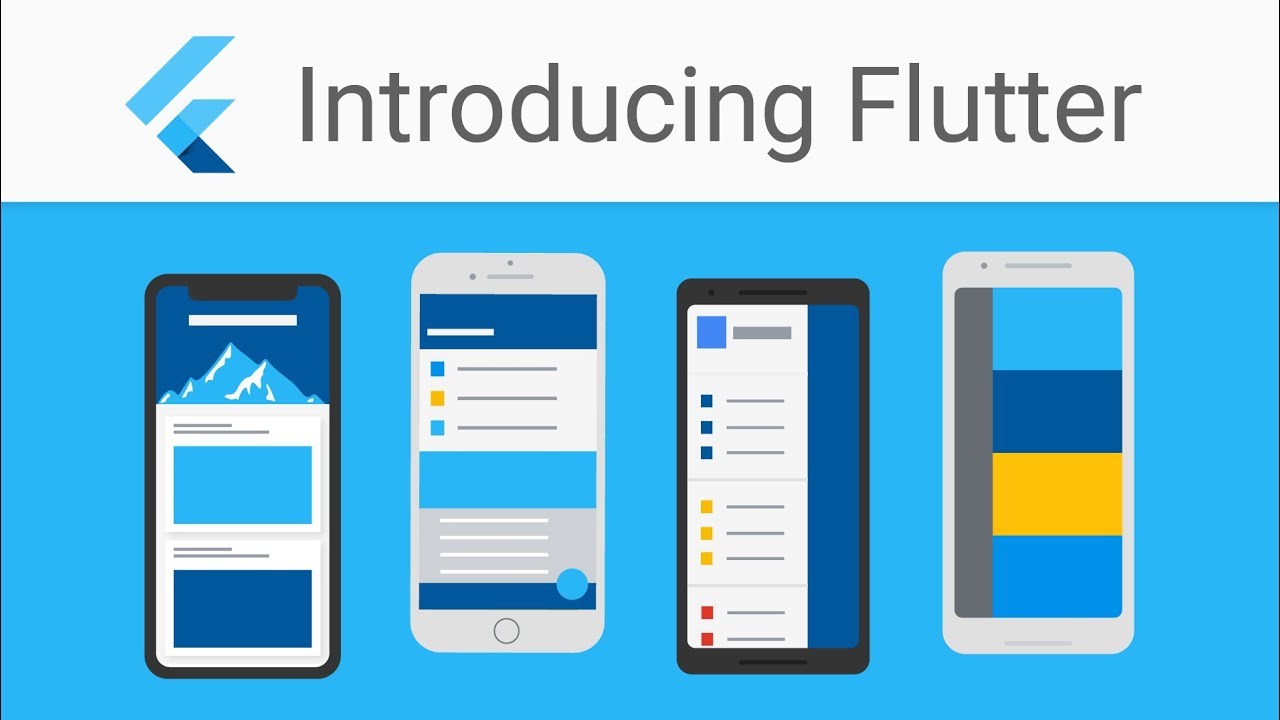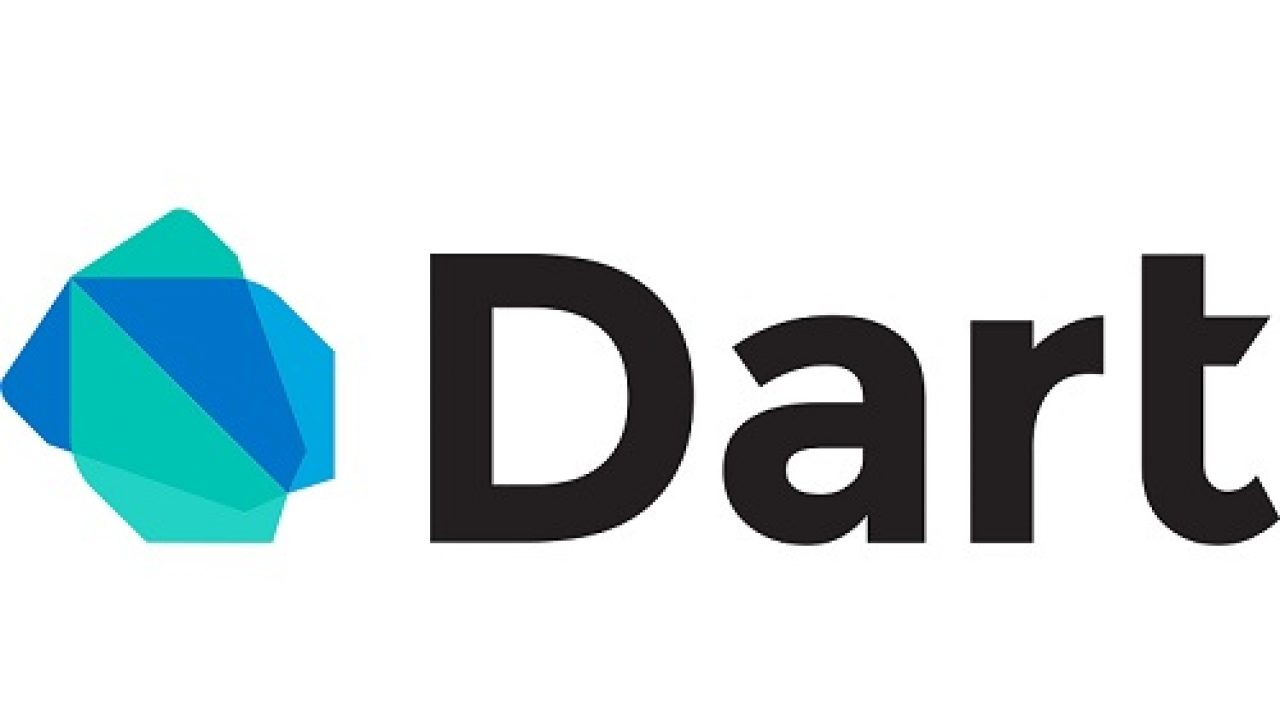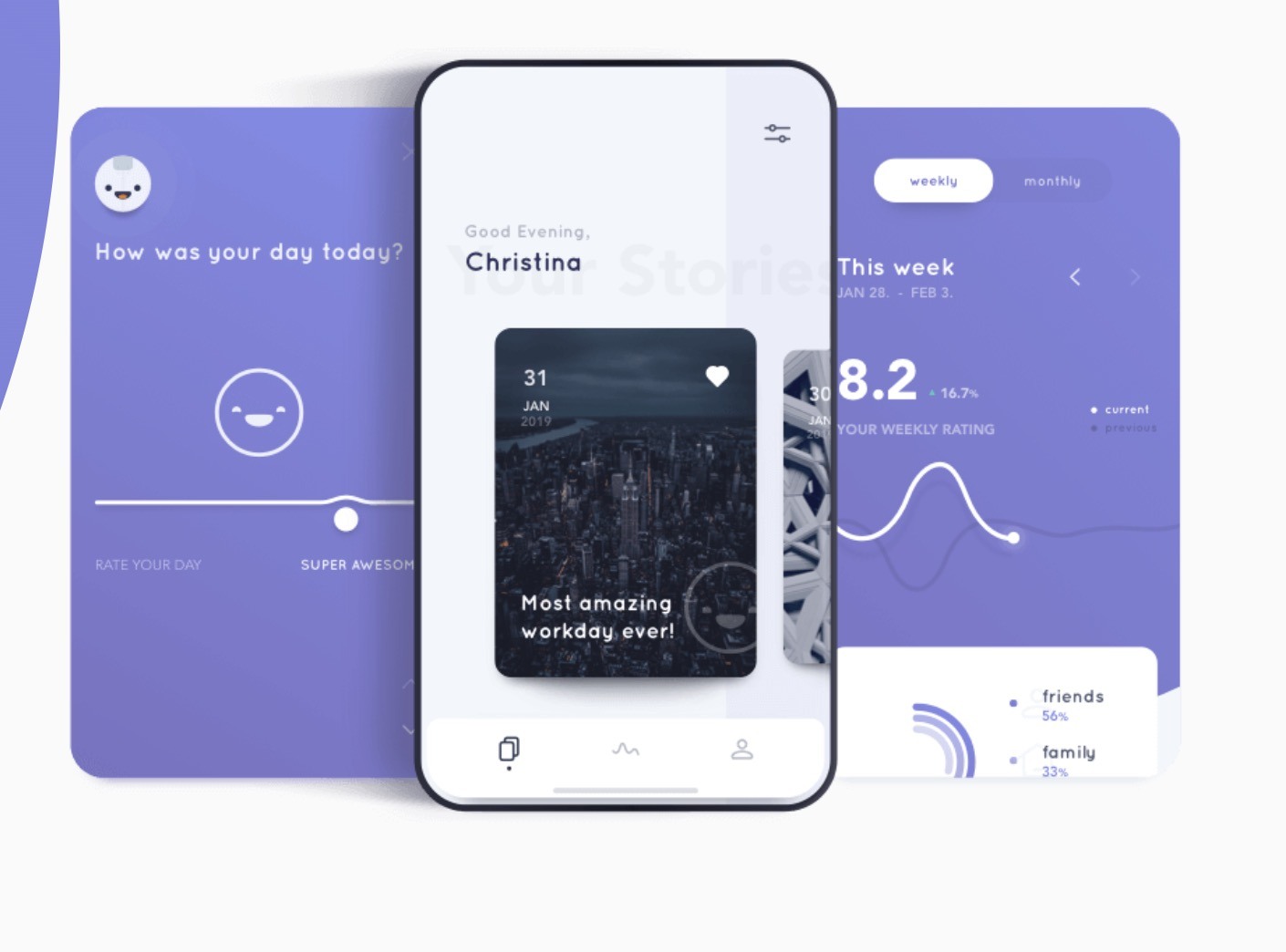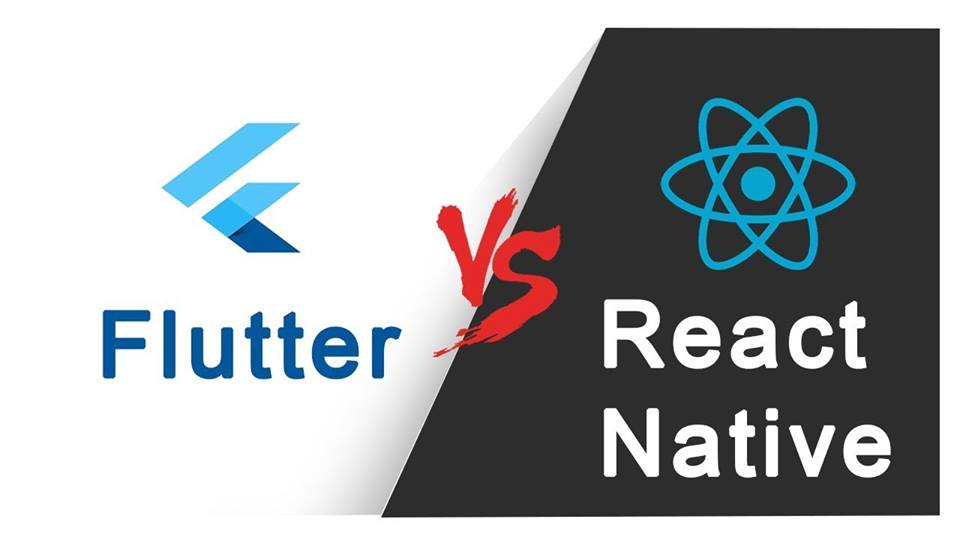Mobile app
Flutter App Development: Pros, Cons, Characteristics and More
With the growing popularity of both iOS and Android devices, the demand for mobile apps developed for the two platforms are also on the rise. When business owners decide to develop apps exclusively for just one platform, they risk losing the potential revenue sources from the others. For companies to take advantage of this trend and target a large audience base, they should be capable of producing mobile applications that can operate seamlessly on both platforms at the minimum cost. To present a solution to this headache, various cross-platform app frameworks have been released over the years, one of the newest and most aspiring builders is Flutter for mobile app development.
Table of Contents
What is Flutter?

Flutter – the promising framework for cross-platform mobile app development
Flutter is a UI software development kit introduced by Google. It enables developers to write beautiful applications, with native looks and experience, for different operating systems (i.e. iOS, Android, Windows, Mac, Linux) by using just one single codebase.
Ever since its official appearance in 2018, the toolkit has taken the developers world by storm. By the end of April 2020, over 2 million software developers have utilized Flutter in their works. An astonishing number of 50,000 Flutter mobile apps had been uploaded on Google Playstore, with 10,000 apps being published in March alone.
Such rise in popularity of Flutter could be attributed to the reality that both software developers and business owners save tremendous time, effort and resources in creating cross-platform applications by using this toolkit by Google.
One characteristic that sets Flutter apart from others is its use of widgets. Basically, everything in the Flutter toolkit is a widget. From the visual elements to the text, buttons and even layout like alignment or padding are all widgets. These widgets are highly customizable and adaptive across different platforms without the need for much alterations. Hence, this characteristic makes it easier for developers to produce the native look and experience for cross-platforms applications.
Another notable characteristic of Flutter is its use of the programming language Dart in building and developing cross-platform applications. Dart is the language released by Google back in 2011. It didn’t receive much attention until Flutter made its appearance, since then it had begun to take off tremendously. The learning curve of Dart is said to be pretty mild, with beginner developers can easily get started with it due to its object oriented nature and a syntax pretty much similar to C-language or Java. Therefore, despite being relatively new, Dart is not really a barrier to Flutter usage.

Dart – the exclusive language for Flutter mobile app development
As an open source project, both Flutter and its programming language Dart are free to use. Moreover, anyone can access their source codes and make the contribution to improve Flutter’s and Dart’s performance. Hence, apart from Google, the growing Flutter community also has their own fair share in maintaining and bringing Flutter to its highly-regarded position today.
Besides developing mobile applications, Flutter also supports developers in writing web. However, the web development of Flutter is still in the beta phase and does not guarantee a seamless development process.
- Example of Flutter app development
Despite its young age, Flutter has been able to gain tremendous popularity and trust among giants like Alibaba, Hamilton Musical, Birch Finance, Google Ads for their app development. Among all of those, one of the most inspiring Flutter mobile development stories would be Reflectly – a journal app that targets both iOS and Android users.
Reflectly was initially developed for iOS devices only, using the famous cross-platform React Native framework. As the fanbase of Reflectly grows, the team behind it decided to expand the app to Android platform. However, they soon found themselves in a mess of issues when trying to adapt the iOS source code to Android platforms with React Native, for months.
When the frustrations reached its peak after various failed attempts, the team took a leap of faith and started rewriting a whole new code using Flutter. While the revamp process took a lot more time and effort, the team was pretty happy with the result and the ease in maintaining the code. The reengineering of the app on Flutter was so successful that it snatched a place on Apple App Store’s “app of the day” section.

Reflectly – An inspiring mobile app developed by Flutter
Advantages of Flutter app development
By now, you are probably wondering just what is it that makes Flutter stand out that much? The following features of Flutter are the exact answers to this question.
1. The single codebase for all platforms
This feature is probably by far the biggest relief for software engineers in cross-platform app development.
Say you want to develop an app for two different platforms. Normally, it would take twice the effort to produce that same app. With Flutter, however, the time to build the apps is instantly cut down by half, as developers now have to write one codebase only. After that, they can easily integrate that code to different devices with minimum effort.
Furthermore, the amount of tests and maintenance you have to conduct on your apps also decreases with the number of codebases. With a lower cost for development, accompanied by a lower fee for testing and updating, app owners now have more resources to invest in other areas of their businesses, enhancing productivity and efficiency.
To make it short, Flutter is an extremely attractive option for startups with limited budgets yet still need to target a wide base of audience from different platforms. It is also a good choice for creating MVP versions of an app to validate your business ideas before releasing the official app on a large scale.
2. The cutting edge Hot-reload feature
Hot-Reload allows software engineers to make adjustments to the app structure and see the effects instantly without the need to reload the whole app. This feature improves the working speed of developers tremendously by reducing the amount of time they have to spend on development and maintenance, effectively shortening the time-to-market for Flutter mobile apps.
This feature is especially useful when it comes to the collaboration between the developers and the designers. Instead of having to wait for developers to confirm if the graphical design is feasible, the designers can now collaborate with the developers team to see the changes in each pixel in real-time, lessening any unnecessary frustration and enhancing productivity.
3. Enhanced user experience
As mentioned before, everything about Flutter is a widget. All of the available widgets are produced by the Flutter team to ensure that they meet the standards and perform properly. Since the Flutter mobile apps operate on these widgets only and do not communicate with the native components of the devices, incompatibility within the apps is kept to the minimum, resulting in better app performance and a more seamless user experience.
From the aforementioned strengths, we can see that the use of Flutter in mobile app development can significantly reduce the human resources, money and time required. Flutter is definitely a reliable partner for businesses wanting to release their apps before the competitors do, or for passionate start-ups with limited budgets to validate their ideas of new applications.
Get your idea validated and set yourself on the right track of Flutter mobile app development with the help of our digital consultancy services now.
Disadvantages of Flutter app development
Despite the breath of fresh air that Flutter has given to the mobile development world, there is no denying that it is still a pretty young project. Therefore several shortcomings as follow have yet to be addressed properly.
1. The massive size of Flutter mobile apps
It should be a priority to keep the size of your app to the minimum. A heavy app places a burden on the device’s memory and has the tendency to be uninstalled from the system. Yet, Flutter failed to cater to this necessity.
Indeed, Flutter mobile apps tend to be pretty big in size. Even a trivial Flutter mobile app like Hello World can be as large as 7.5 MB, while the same app amounts to only 550 KB on Kotlin or 593 KB in the case of Java.
2. The limited third-party resources for app development
Although third-party packages and libraries are not essential for app development, they greatly improve the pace of the development process. They limit the time developers have to spend on reinventing the wheel, allowing them to put more focus on the core components of the applications.
However, since Flutter is still a relatively new player in the mobile development world, the third-party resources are still limited, hindering the time-efficient development of complex and high-functioning applications.
Nevertheless, looking on the bright side, we can see that the Flutter community is growing exponentially. Hopefully it wouldn’t be much longer into the future before we can leverage Flutter third-party resources into application development.
3. Uncertainty in the future existence of Flutter
One major minus point of Flutter for most developers lies in its possibly flimsy existence in the future. This notion comes from the fact that Google is well-known for its long list of abandoned projects. Heck, so long that there is even a cemetery for them. Hence, the wariness of software engineers about Google’s toolkit is not unreasonable.
Fortunately, it seems that Flutter actually has a much brighter future than its predecessors. Google is churning out frequent updates for Flutter, with the addition of new tools to experiment for each update. Furthermore, Google still has a to-be-released operating system – Fuchsia, under its sleeve. The new operating system is gaining popularity and is developed to be highly compatible with Flutter applications. Therefore, chances are Flutter shall live to see the day of Fuchsia’s official release.
All in all, Flutter has yet to reach the pinnacle of its maturity. Still, it is a promising project nonetheless. With the right developers in your team, or the assistance from a reputable custom software development company, it is totally possible to produce cross-platform apps with high performance yet extremely cost-efficient.
Flutter or React Native – A heated debate

Flutter vs React: A long-lasting and heated debate
Frankly speaking, both Flutter and React Native have little trouble in delivering cross-platform apps with optimal performance in record time. They were developed to satisfy just that purpose and they definitely excel in what they do.
Having said that, the longer period of time on the market gives React Native an edge over Flutter. The Facebook team has had plenty of time to stabilize the framework. Plus, React Native boasts a robust fanbase, with a multitude of third-parties libraries to streamline the app development process. Flutter definitely cannot compete in regards to this aspect. As discussed before in the previous section, the Flutter community is still in the budding stage and ready-made packages are scarce in number. Hence, Flutter developers still have a lot of coding to do for certain application’s functionalities.
Nevertheless, Flutter still has its own strong points in terms of the building blocks and the performance. React Native components are not as customizable as Flutter widgets are. Thus, it is easier to create an appealing user interface with Flutter. Plus, unlike React Native, Flutter mobile apps don’t have to communicate with the native components of each specific device, giving them a faster and better performance.
All things considered, the conclusion to this battle would pretty much depend. The answer is greatly influenced by the resources you have on hand. If your employees’ expertise is in JavaScript, React Native would be a logical choice. Yet, in the case that you have passionate Dart developers on your team, it wouldn’t hurt to give Flutter a try, given all of its potential. You will probably fall in love with it!
The final verdict
It is not an exaggeration to say that Flutter is one of the most innovative technologies currently in the mobile development world. Flutter provides big and small companies alike the perfect solution to the costs and time problem without compromising its apps’ performance. Its community is also expanding at a rapid pace, and hopefully we can see it grow up to the size of the React Native community in the near future. All things considered, the future is bright for Flutter mobile app development. Nevertheless, it is still a challenge finding experienced developers well-versed in both Flutter and Dart, given the former’s recent release.
Should you need any help in building your own Flutter app, don’t hesitate to check out our comprehensive custom mobile development services. With our 7-year experience in mobile app development and the extensive network of senior developers, fram^ promises in delivering the mobile app that shall meet your every expectation.


